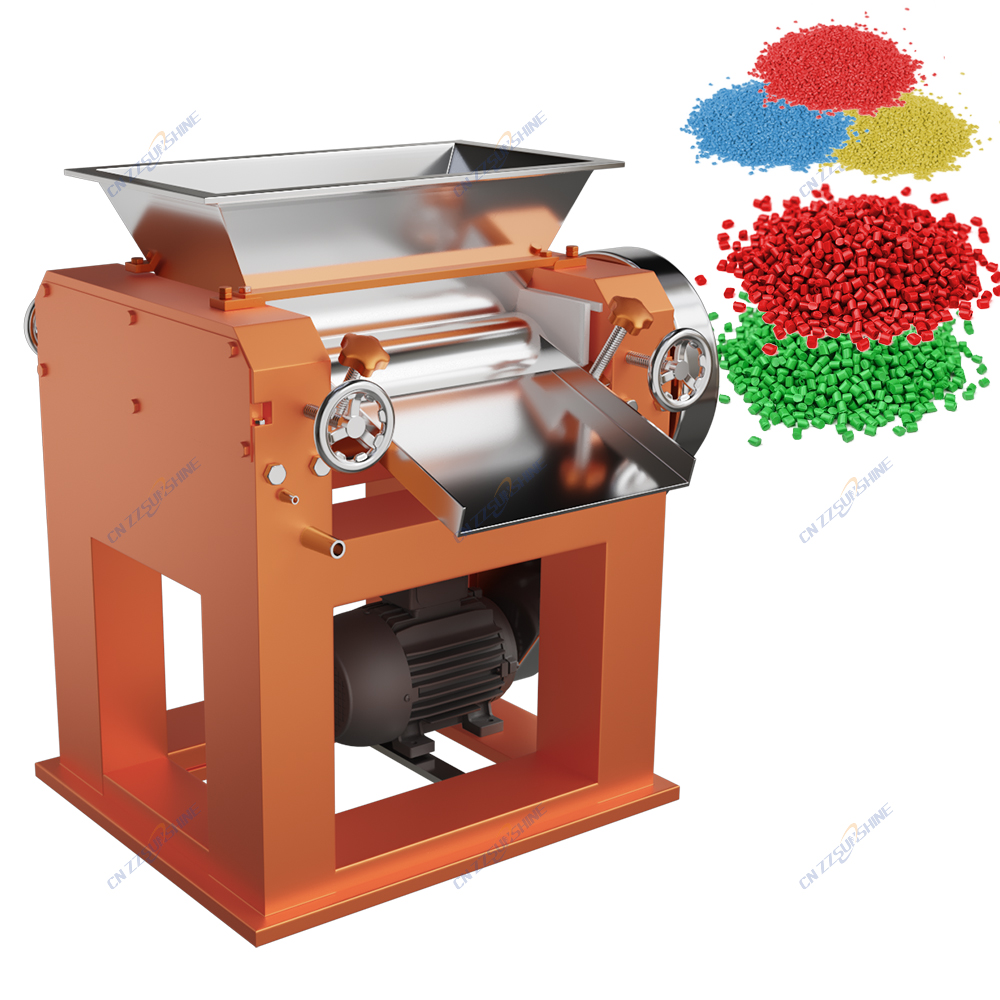Implementing an automatic soap production line revolutionizes manufacturing capabilities, offering significant gains in output, consistency, and cost-efficiency. This integrated system seamlessly connects essential processes, starting with the critical soap mixing stage. A robust industrial mixer for chemical processing ensures the precise blending of fats, oils, lye, and additives, achieving a homogenous amalgamation vital for quality. This foundational step directly impacts the performance of downstream equipment like the soap plodder machine for bar soap.
Following mixing, the refined soap mass undergoes milling. Here, a high-precision three roller mill for cosmetics refines texture and particle size, essential for premium toilet soap finishing line quality. The milled soap is then fed into the core extrusion unit – typically a vacuum plodder. This machine compresses the soap under vacuum, removing air pockets to create a dense, uniform bar stock. The efficiency of the vacuum plodder directly influences bar density, lather quality, and longevity, whether for a laundry bar soap production line or a delicate beauty soap making line.
The extruded continuous log proceeds to cutting. Modern lines utilize an electric washing soap cutter or a versatile custom soap cutting machine, ensuring precise, consistent bar dimensions with minimal waste. Finally, an automatic packing machine for food often handles wrapping and boxing, completing the automated sequence. From the industrial mixer for chemical processing initiating the blend to the final packaging, the entire automatic soap production line minimizes manual intervention, maximizes throughput, and guarantees product uniformity essential for competitive bath soap making machine operations. Choosing integrated solutions from experienced suppliers ensures optimal synchronization of the soap mixer, plodder, and cutter, delivering a reliable laundry soap making line or toilet soap finishing line tailored to specific production volumes and quality requirements.




